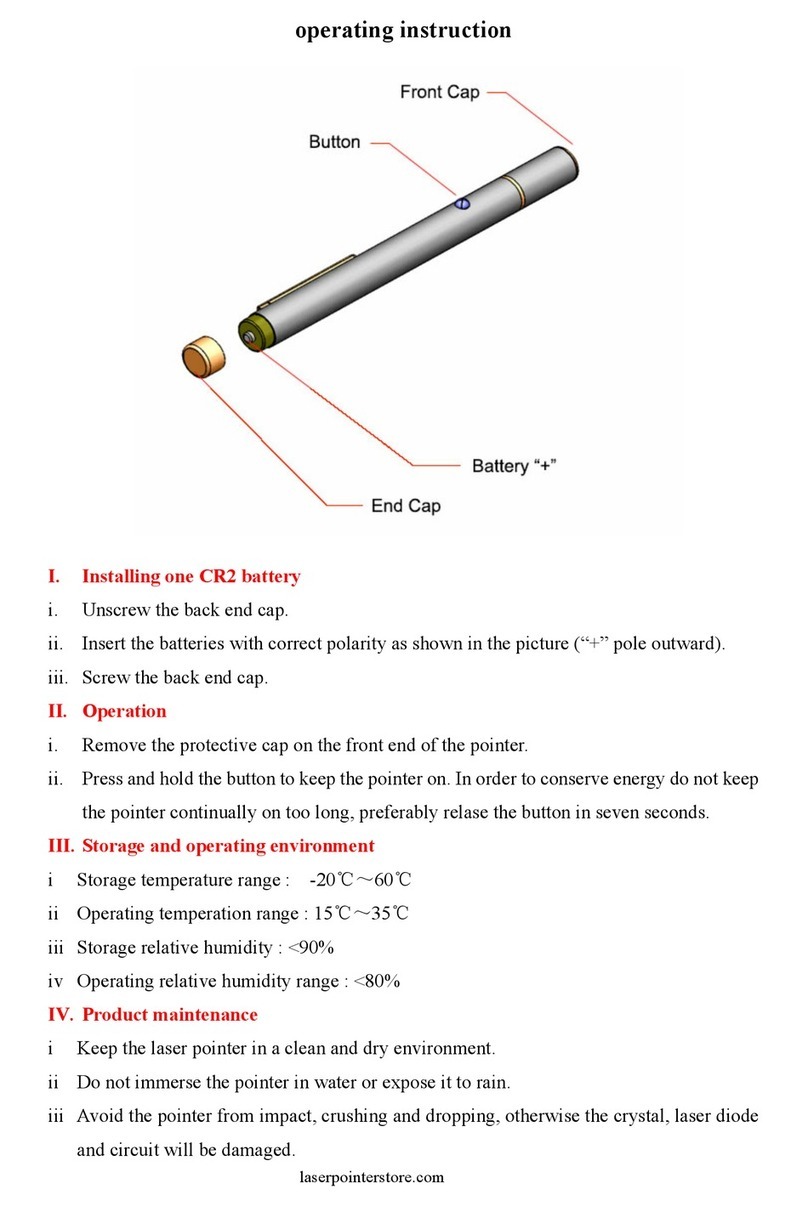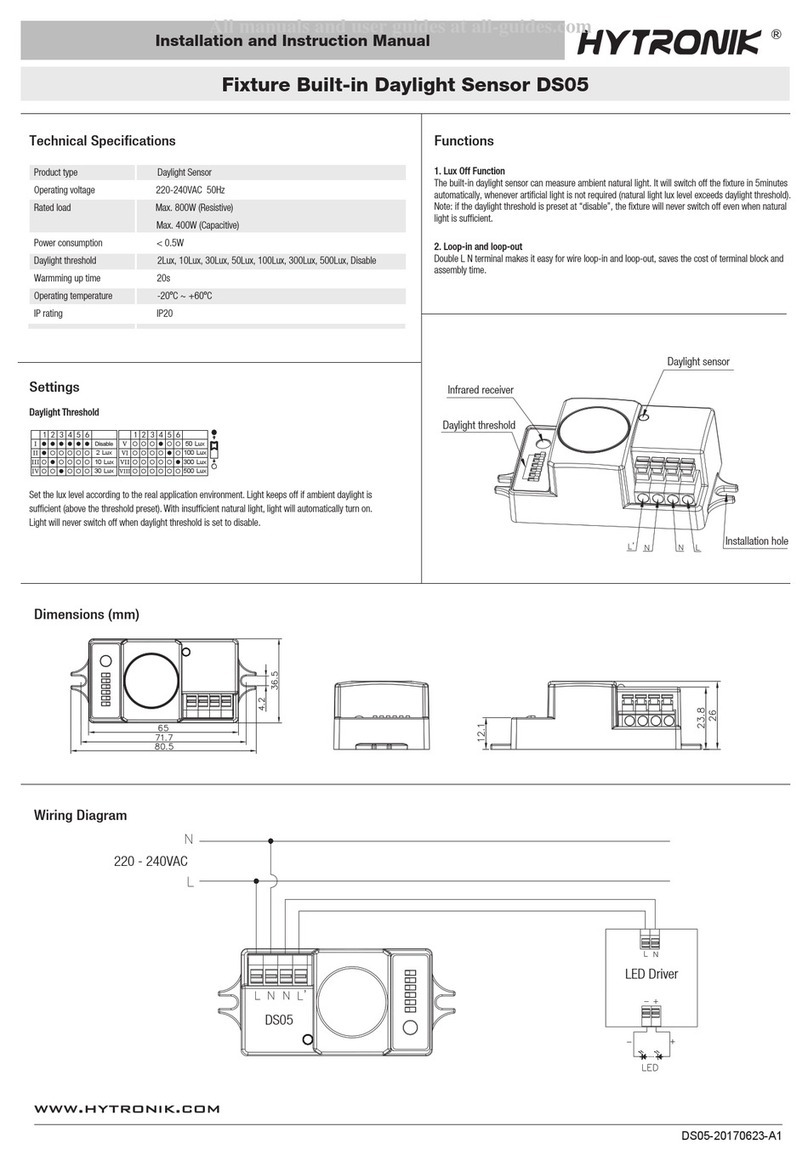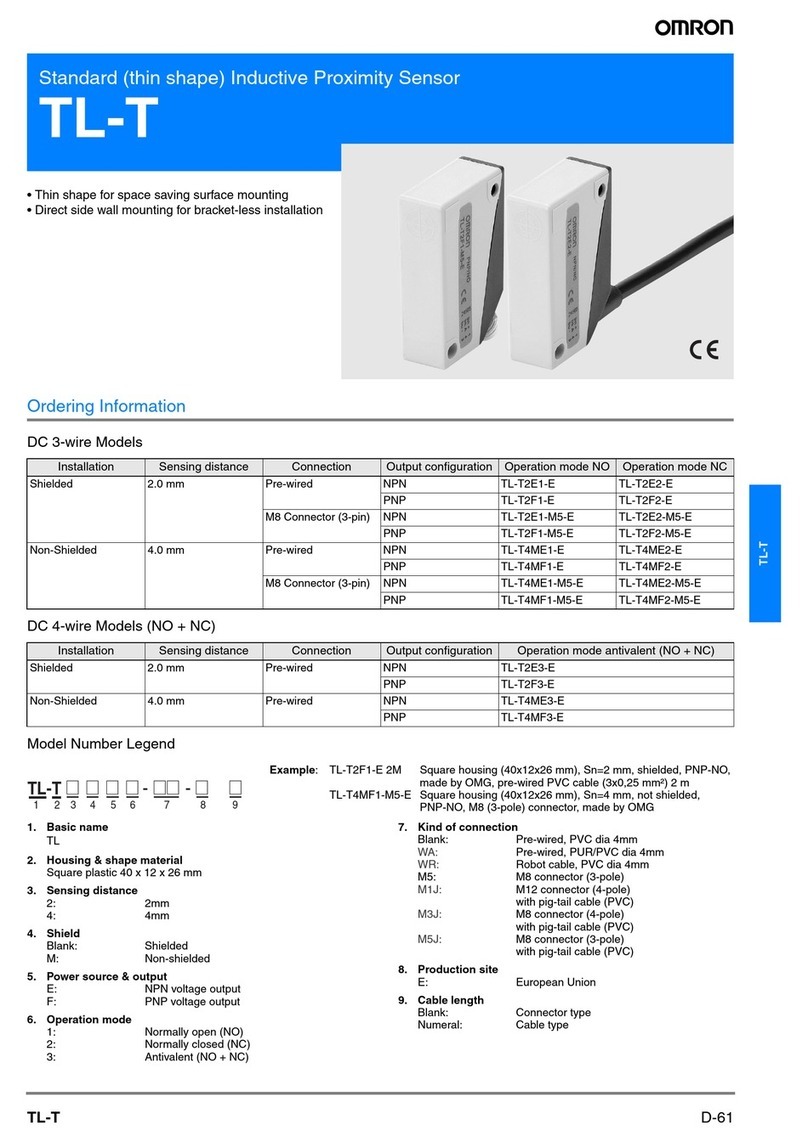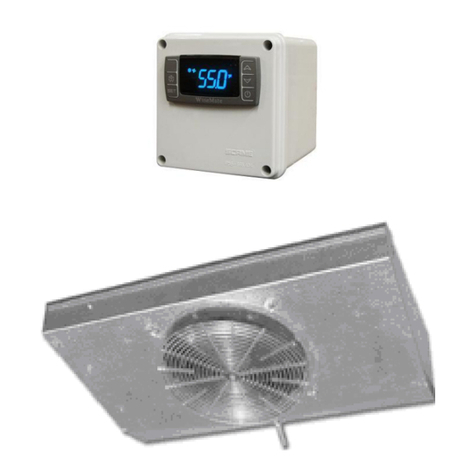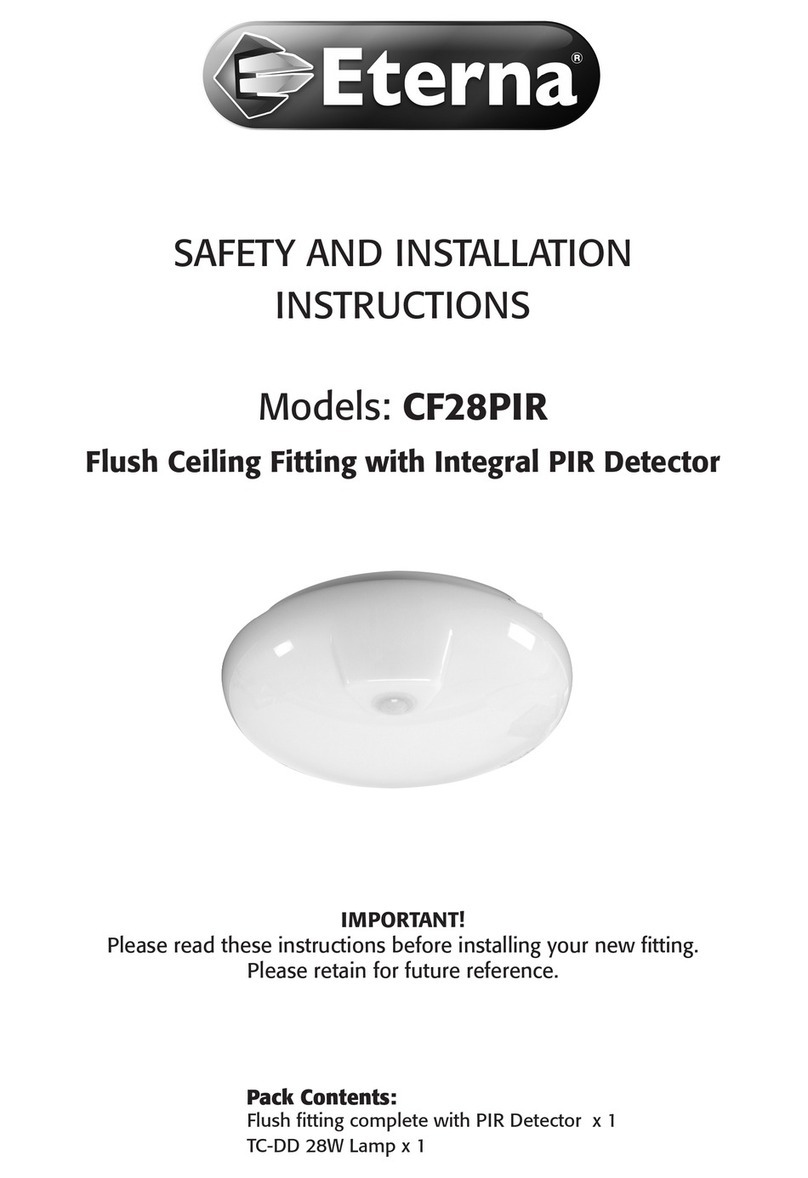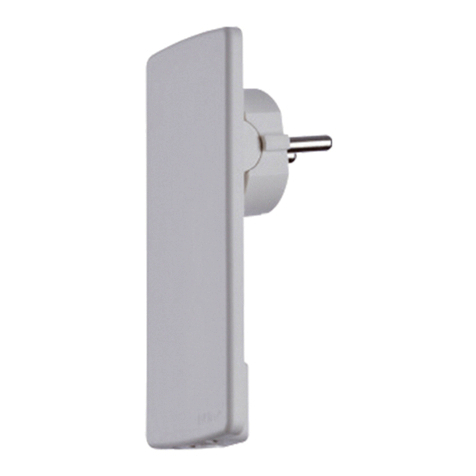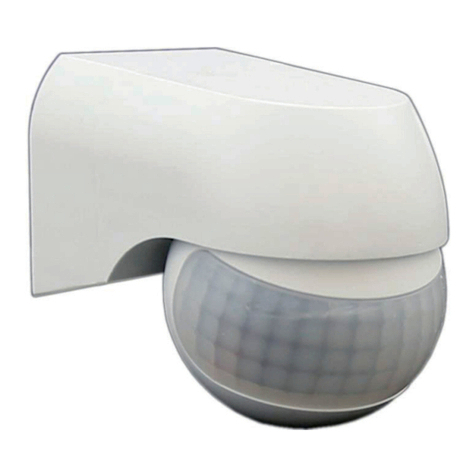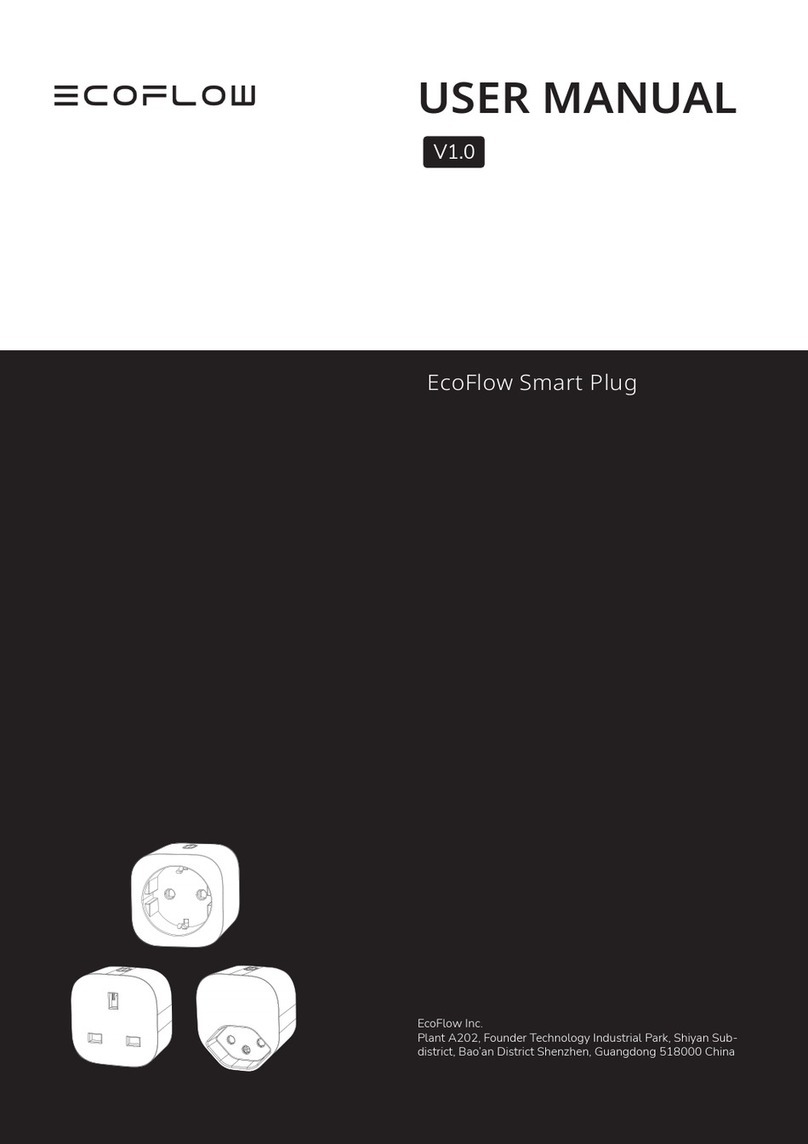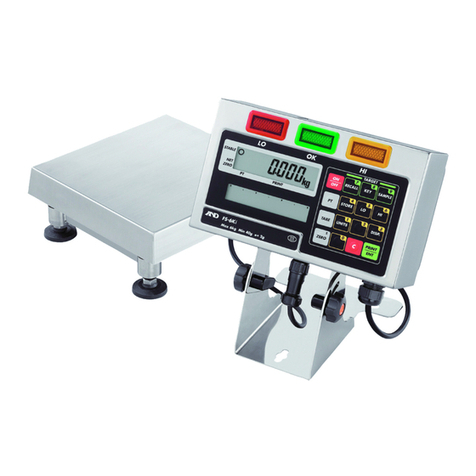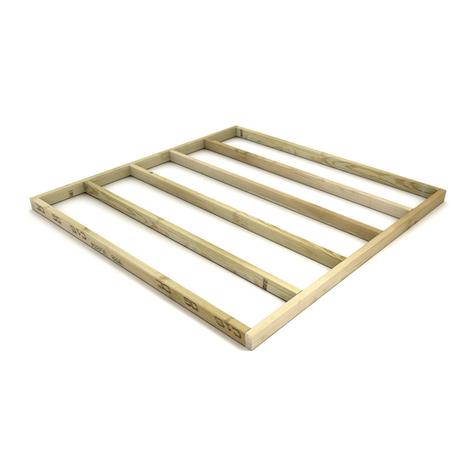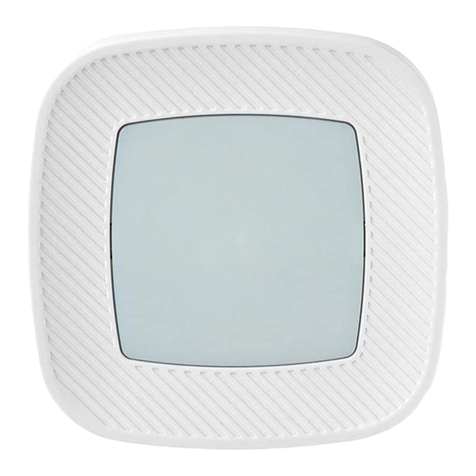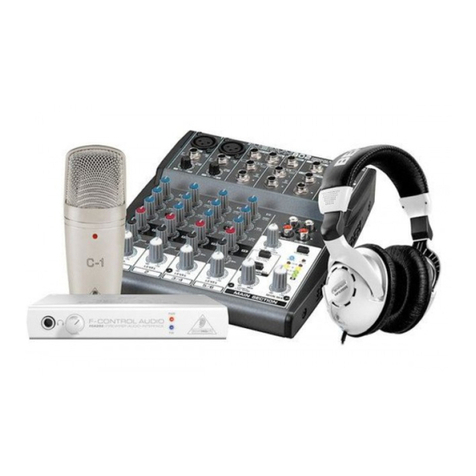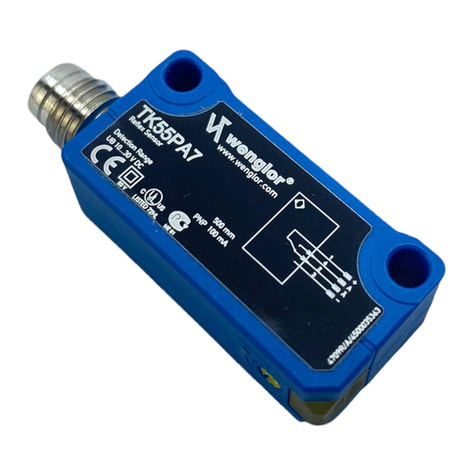CNI QCM486 User manual

QCM486 Miniature Protector Connector (MPC)
- 1 –
comtestnetworks.com
Contents
1. General ........................................................ 1
2. Description ................................................... 1
3. Precautions...................................................2
4. Components ................................................. 3
5. Protectors.....................................................3
6. Mounting Bar Kits..........................................4
7. Recommended Distributing
Frame Capacities............................................... 7
8. Installing Stubbed Connectors
in Locations With Cable Vaults. .......................... 8
9. Installing Stubbed Connectors in
Locations Without Cable Vaults ......................... 8
10. Installing Dual Stub Connector in
Remote Frames .............................................. 10
11. Installing Stubless Connectors......................9
12. Testing ......................................................11
13. Cross Connect Wire ................................... 12
1. General
1.1 This document describes the installation
and testing of the QCM486 Miniature
Protector Connector manufactured
1.2 This document is being reissued since Acquisition by
Bourns, Inc.
1.3 Contact your customer service
representative to purchase accessories that are
sold separately or to request installation information, if
necessary.
2. Description
2.1 The QCM486 Miniature Protector
Connector (MPC) (Figure 1) is a 100-pair
connector for terminating and protecting cable
pairs in Central Offices (CO) and customer
premises.
2.2 The MPC provides:
•Voltage protection or voltage/current
protection on cable pairs
•Direct-feed facility between outside-plant
cable pairs and CO when electrical
protection is not required.
•Disconnection between outside-plant cable
pairs and CO or customer premises pairs.
•Cross-connection between outside-plant
cable pairs and CO or customer premises
connecting block.
•Testing access to outside-plant cable pairs.
•Testing access to CO or customer premises
pairs.
•Guards and markers for identifying and
protecting special service circuits.
2.3 The MPC can be mounted on
Conventional Distributing Frames, Compact
Distributing Frames, or Customer Premises
Distributing Frames.
04012022

QCM486 Miniature Protector Connector (MPC)
- 2 –
comtestnetworks.com
2.4 The MPC is available stubless or equipped
with a 100-pair (top or bottom entry) stub.
Available stub lengths are 9.1, 15.2, or 30.5 mm
(30, 50 or 100 ft.) with 22 or 24-gauge
conductors. The dimensions and weights of the
MPC are shown in Table 1.
3. Precautions
3.1 The MPC is shipped in protective
packing with protector modules installed in the
detent position. Observe the following
precautions when storing, handling and
installing the unit:
•Store in a dry location. Do not leave on
loading docks or locations exposed to
weather or where temperatures are higher
than +45°C (+113°F).
•If the MPC has been exposed to
temperatures below -30°C ( - 22°F), allow
to warm to room temperature before
installing to avoid damage to cable stub.
•When unpacking, open the top of the
container marked THIS SURFACE UP AT
ALL TIMES.
•Do not remove protective packing material
around the MPC until the stub cable has
been placed through the cable vault
entrance, and the MPC is ready to be
mounted on the distributing frame.
•Do not bend the stub cable to a radius of
less than 150 mm (6 in.).
•To avoid damage to the MPC from rolling
ladders on the conventional MDF, the
ladder guard rail projection must be 650
mm (25.5 in.).
•Compact DSPF/PDF clearances for rolling
ladder and the MPC is approximately 51
mm (2 in.).
NOTE:
If this measurement is not met, contact
the Central Office Engineering Group for correction
prior to mounting MPC units.
3.2 Where distributing frame verticals are not
drilled to fit MPC 140 mm (5.5 in.) mounting
centers, replace verticals, drill as required, or
install a mounting bar kit.
3.3 The following precautions are included
per requirement of the Underwriters
Laboratories Inc.®:
•National Electrical Code Requirements:
The installation of this product, including
any field-installed components, shall meet
all applicable federal, state, and local laws
and regulations and, if unrestricted, comply
with articles 800, 820 and all other
appropriate requirements of the National
Electrical Code, ANSI/NFPA 70.
•Only products marked “for indoor or
outdoor use” or “for outdoor use” are
suitable for outdoor use. Products without
this marking are not suitable for outdoor use
and are implied to be suitable for indoor use
only.
•The use of a fuse link for each and every
line is recommended when connecting any
equipment to the telephone circuit. For
typical applications, a one-foot or longer
length fuse link of at least two wire sizes
smaller than the typical wire gauge in use
within the circuit is recommended.
•It is recommended that any components
added to this product be both listed for the
purpose and compatible.
•Risk of electric shock — Protector is not to
be used without the arrester assembly
installed.

QCM486 Miniature Protector Connector (MPC)
- 3 –
comtestnetworks.com
4. Components
5. Protectors
5.1 Each protector unit (Figure 3) has male
pins on the base, a finger grip for removal, and
a detent latch. Protector units provide the
following connections and terminations:
•Tip (T)- and Ring (R)-conductor
terminations for one outside plant cable pair
and parallel connection to equivalent test
field pair through the two long pins on the
base.
• T- and R-conductor connections to one CO
cross-connect terminal pair through the two
short pins on the base.
•Ground connection to MPC housing
through spring contacts on the side of
protector units.

QCM486 Miniature Protector Connector (MPC)
- 4 –
comtestnetworks.com
5.2 The detent latch on the protector unit
engages the cut-out in the protector housing
when the unit is in the partially withdrawn
detent position. To insert the unit completely
or to remove it, depress the detent latch.
5.3 The protector terminal field is a plastic
block mounted at the back of the protector
housing. The block is equipped with one
hundred 4-terminal receptacles to accept a
hundred protector units. Each 4-terminal
receptacle consists of two long pin terminals
and two short pin terminals.
5.4 The two long-pin terminals engage female
contacts on the protector side. Wire-wrap
terminals on the other side terminate the Tip
(T)- and Ring (R)- conductors of one outside plant
cable pair. The long pins are also wired to
corresponding test-terminals on the test field.
5.5 The two short-pin terminals engage
female contacts on the protector side. Wire wrap
terminals on the other side terminate the
Tip and Ring of one CO pair through internal
wiring from the corresponding pair of contacts
on the cross-connect field.
5.6 When the protector unit is withdrawn to
the detent position the short pins on the
protector unit break contact with the receptacle
pins, opening the circuit between CO and
outside-plant cable pairs. The long pins on the
protector unit maintain contact with the
receptacle pins, maintaining protection on the
outside-plant cable pair.
5.7 The QTH52A (single unit) and QTHS2B
(5 unit) removal tools are intended for use with
protector units equipped with QCF4ASSM/SSP
guards.
5.8 To remove the guard from a protector
unit, hold the tool vertically, and engage the
right jaw of the tool with the right side of the
guard flange. Offset the left jaw behind the
guard, squeeze, rotate counterclockwise, and
pull guard from protector unit.
5.9 To remove the protector unit, engage the
unit handle with the right jaw of the tool, offset
the left jaw on the unit latch, squeeze, rotate
counterclockwise and pull.
6. Mounting Bar Kit

QCM486 Miniature Protector Connector (MPC)
- 5 –
comtestnetworks.com
6.1 Mounting bar kits are for use on
distributing frame verticals which are not
drilled to fit the MPC 5.5-in. mounting
centers. To select appropriate kit (refer to
Table 2).
6.2 Before installing, make sure you have the
right mounting bar kit for installation on the
distributing frame.
6.3 If the frame vertical is 4.8 mm (3/16 in.)
thick, place the spacers provided between frame
vertical and mounting bars.
6.4 Place a 1.2 mm (4 ft.) mounting bar
against the right side of the vertical, with the
short bend of the mounting bar located to the
left (Figure 5).
6.5 Fasten mounting bar to vertical using the
screws provided. Leave 75 mm (3 in.) between
the mounting bar and the guard rail at the
bottom of the frame. Insert screws from right,
through the 50-mm (2-in.) slots in the
mounting bar, into the existing holes in
verticals. Position screws at top, center and
bottom of bar.
6.6 Fasten the connector to the mounting bar
with the screws, nuts and bolts provided. Insert
screws from left into the 12.7-mm (0.5-in.) slots
in the mounting bar, and assemble lock washers
and nuts loosely.
NOTE:
For distance of first MPC from floor or
ladder guard rail, see Figure 7 and Table 3.

QCM486 Miniature Protector Connector (MPC)
- 6 –
comtestnetworks.com
6.7
Repeating Steps 3, 4, and 5, mount the
remaining bars immediately above the first.
NOTE:
Begin with 1.2-mm (4-ft.) bars, if
provided, and proceed to 0.92-mm (3-ft.) bar(s).
NOTE:
The top bar and spacer may be shortened
for nonstandard height frame. Cut as required,
remove burrs, and paint end.
6.8 Connect a ground strap between the top
mounting slot of each mounting bar and the
bottom mounting slot of the bar above
(Figure 5).
6.9 Using flexible ground strap and clamp
plate, connect the mounting bar kit to the
ground bar of frame (Figure 6).
NOTE:
When free mounting holes are not available
on the ground bar, use the existing nut and bolt on the
bar to mount the other end of the flexible ground
strap.

QCM486 Miniature Protector Connector (MPC)
- 8 –
comtestnetworks.com
8. Installing Stubbed Connectors in
Locations With Cable Vaults
8.1 Open cable vault entrance hole(s) or
ferrule(s) using local instructions and
procedures.
8.2 Remove the MPC from its shipping
container (keep the protective packing around
the connector assembly).
8.3 Mark the stub cable with its identification
number and the pair count of the outside-plant
cable to which the stub is to be spliced.
8.4 Pass the stub cable through the entrance
hole into the cable vault. Remove any twists in
the cable.
8.5 Screw the two mounting screws supplied
with the MPC part way into the mounting holes
on the distributing frame vertical. Insert screws
from left side of vertical.
8.6 Hang the MPC by its mounting bracket
slots on the two screws in the frame vertical
(Figures 8 and 9).
NOTE:
Mount the first MPC on the appropriate
frame verticals:
•Compact (PDF) 356 mm (14 in.) from floor or
203 mm (8 in.) from ladder guard rail
(Figure 7).
•Conventional (PDF) 305 mm (12 in.) from
floor (Figure 7).
NOTE:
Position the MPC so that the plastic stud
on the top of the connector immediately below
engages the slot on the bottom of the connector being
mounted.
8.7 Tighten the mounting screws to secure
MPC to vertical.
8.8 Dress the stub down the frame and into
the cable vault.
8.9 Secure the stub(s) to the vertical with
cable retaining brackets.
8.10 Close cable vault entrance hole or ferrule
according to local procedures.
8.11 Mark the designation strip with cable
number and pair count of the MPC cable being
terminated.
NOTE:
An adhesive designation number card is
supplied with each MPC.
8.12 Test the protector modules.
8.13 Splice the stub to the outside-plant cable
using standard splicing procedures.

QCM486 Miniature Protector Connector (MPC)
- 9 –
comtestnetworks.com
9. Installing Stubbed Connectors in
Locations Without Cable Vaults
9.1 Remove the MPC from its shipping
container (keep protective material around the
connector assembly).
9.2 Mark the stub cable with the identification
number and pair count of the cable to which the
stub is to be spliced.
9.3 Determine the splice location and whether
the stub entrance is from the top or bottom of
the distributing frame.
9.4 Screw the two mounting screws supplied
with the MPC part way into the mounting holes
at the required position on the left side of the
distributing frame vertical.
9.5 Run the stub cable up or down the
distributing frame as required to the splice
location.
9.6 Hang the MPC by its mounting bracket
slots on the two screws in the frame vertical
(Figures 8 and 9).
NOTE:
Mount the first MPC on the appropriate
frame verticals:
•Compact (PDF) 356 mm (14 in.) from floor or
203 mm (8 in.) from ladder guard rail
(Figure 7).
•Conventional (PDF) 305 mm (12 in.) from
floor (Figure 7).
NOTE:
Position the MPC so that the plastic stud
on the top of the connector immediately below
engages the slot on the bottom of the connector being
mounted.
9.7 Tighten screws to secure the MPC to the
vertical.
9.8 Dress the stub up or down the distributing
frame.
9.9 Mark the MPC designation strip with the
number and pair-count of the cable being
terminated.
NOTE:
An adhesive designation number card is
supplied with each MPC.
9.10 Test the protector modules.
9.11 Splice the stub to the main cable, as
required by the job specifications, using
standard splicing procedures for the type of
cable involved.
NOTE:
•Insulate the DSPF upright with 18 mm
(.75 in.) diameter split fiber tubing for
protection of cable leads.
•The cross-aisle cable (26 gauge) must be
butted 25 mm (1 in.) above or below the
associated connector, depending on the
frame entrance, and fanned out to the
terminals.
•The quick-clip terminal connections
must be made with a QTH38-type tool,
leaving 13 mm (0.5 in.) of dressed slack.

QCM486 Miniature Protector Connector (MPC)
-10 –
comtestnetworks.com
10. Installing Dual Stub Connector in
Remote Frames
10.1 Remove the MPC from its shipping
container (keep protective material around the
connector assembly).
10.2 Mark the stubs cable with the
identification number and pair count of the
cable to which the stubs are to be placed.
10.3 Determine the splice location and whether
the stub entrance is from the top of the bottom
of the distribution frame.
10.4 Screw the two mounting screws supplied
with the MPC part way into the mounting holes
at the required position
on the left side of the
distributing frame vertical
.
10.5 Run the one of the stub cable up/down the
distributing frame as required to the splice
location and then the second stub.
10.6
Hang the MPC by its mounting bracket
slots on the two screws in the frame vertical.
NOTE:
Position the MPC so that the plastic stud
on the top of the connector immediately below
engages the slot on the bottom of the connector being
mounted.
10.7 Tighten screws to secure MPC to the
vertical.
10.8 Dress one of the stubs to the distribution
frame, and then dress the second stub.
10.9 Mark the MPC designation strip with the
number and pair-count of the cable being
terminated.
10.10 Test the protector modules.
NOTE:
Splice stubs to the main cable, as required
by the job specification, using standard splicing
procedures for the type of cable involved.
11. Installing Stubless Connector
NOTE:
Before proceeding with installation, divide
the cable to be terminated into 100-pair binders for
each connector location.
NOTE:
A mounting adapter (P0566899) can be
used to mount the MPC during installation for
easier access to work areas. This section will describe
the procedure when using this bracket.
11.1 Pull the 100-pair binders up the frame
until all slack is removed. Binders must extend
at least 625 mm (2 ft.) above the MPC position.
11.2 Tie the binder to the transverse arm below
the MPC position.
11.3 Separate the 100-pair binder into four
25-pair groups, and tag each group with its
applicable pair count: 1-25, 26-50, 51-75 or
76-100.
11.4 Secure the mounting adapter on the frame
vertical with two screws.

QCM486 Miniature Protector Connector (MPC)
-11 –
comtestnetworks.com
11.5 Unpack the MPC, remove protective
material, and mount the MPC on the
adapter. Tighten thumbscrews to secure the
MPC on the adapter.
11.6 Loosen the locking thumbscrews, swing
the MPC full left, and lock in position.
11.7 Remove the plastic cover from the
protector terminal field by removing the
retaining screw.
11.8 Unlock the adapter, switch the MPC
full right, and lock in position.
11.9 Push the four 25-pair groups through
the four slots in the MPC mounting bracket;
the group with pair-count 1-25 must be in
the top slot followed by pair-counts 26-50,
51-75, and 76-100 in the other slots in
descending order. Remove any slack by
reaching around the MPC and pulling and
pushing the wires into the protector terminal
field.
11.10 At the rear of the connector,
bring groups 1-25 and 26-50 together, and
secure them to the cable mounting stud on
the MPC mounting bracket using a cable tie.
Repeat for groups 51-75 and 76-100.
11.11 Lace the two 50-pair groups
from the rear tie wraps on the MPC to the
first transverse arm below the MPC.
11.12 Unlock the adapter, swing the
MPC full left, and lock in position.
11.13 Using standard wire-wrap
tools, procedures and the wiring diagram in
Figure 10, terminate the cable pairs on the
long-pin terminals of the protector terminal
field.
11.14 Dress all wires on protector
field, and replace the cover over protector
terminals.
11.15 Unlock the adapter, swing the
MPC to center position.
11.16 Loosen, but do not remove,
the screws securing the adapter to the frame
vertical and the thumbscrews securing the
MPC to the adapter.
11.17 Lift adapter and MPC off the
frame vertical, and remove the adapter from
the MPC mounting bracket.
11 .18 Hang the MPC by its mounting
bracket slots on the two screws in the frame
vertical. Tighten the screws.
NOTE:
Mount the first MPC on the appropriate
frame verticals (Figure 9):
•Compact (PDF) 356 mm (14 in.) from floor or
203 mm (8 in.) from ladder guard rail.
•Conventional (PDF) 305 mm (12 in.) from
floor (Figure 6).
NOTE:
Position the MPC so that the plastic stud
on the top of the connector immediately below
engages the slot on the bottom of the connector being
mounted.
11.19 Dress the binders down the frame, and
tie to the transverse arms as required.

QCM486 Miniature Protector Connector (MPC)
-12 –
comtestnetworks.com
12. Testing
Test field terminals are numbered to show
beginning and end of each row of five terminals
(Figure 10):
•1, 5
•6, 10
•11, 15 (through . . .)
•96, 00 (100)
Use of p/n QCM31A test connector or other
standard test equipment is recommended to test
connections. Test connector p/n QCM31A fits
into the top and bottom slots on the test field
and has locating pins which mate with holes on
the field to ensure proper alignment.
NOTE:
For MPC dual stubs: test field for this is
not connected.

QCM486 Miniature Protector Connector (MPC)
-13 –
comtestnetworks.com
13. Cross Connect Wire
NOTE:
Use only approved type wire, NTCL/
CSW with quick clip terminals.
13.1 Installation
13.1.1 Untwist the cross-connect pair to the
area between front and rear fanning strips of the
MPC.
13.1.2 Insert the cross-connect wire into the
appropriate slot of both rear and front fanning
strips, depending on pair numbers and cross-connect
terminal rows.
NOTE:
On the front fanning strip, place regular
wires in rear slots and back-tap wires in front slots.
Back-tap wires which later become regular
connections can be moved at that time from front to
rear slot.
13.1.3 Terminate cross-connect wire on the
applicable quick-clip terminals on the cross-connect
field.
NOTE:
The A0276558 termination/removal
tool must be used on quick-clip terminals.
13.1.4 Dress cross-connect wire in the channels
on the cross-connect field, between front and
rear fanning strips, and on the distributing
frame.
13.2 Removal
NOTE:
When disconnecting wires on the cross-connect
field, take care not to loosen or break other
connections. Avoid removing wires from the vertical
side of the distributing frame.
13.2.1 Disconnect the required wire from the
cross-connect terminals. Use the QTH38-type
tool for quick-clip terminals.
13.2.2 Carefully pull disconnected wire out of
the fanning strips.
13.2.3 Proceed to the horizontal side of the distributing
frame and remove the cross-connecting wire from the
shelf.
Table of contents
Other CNI Accessories manuals

